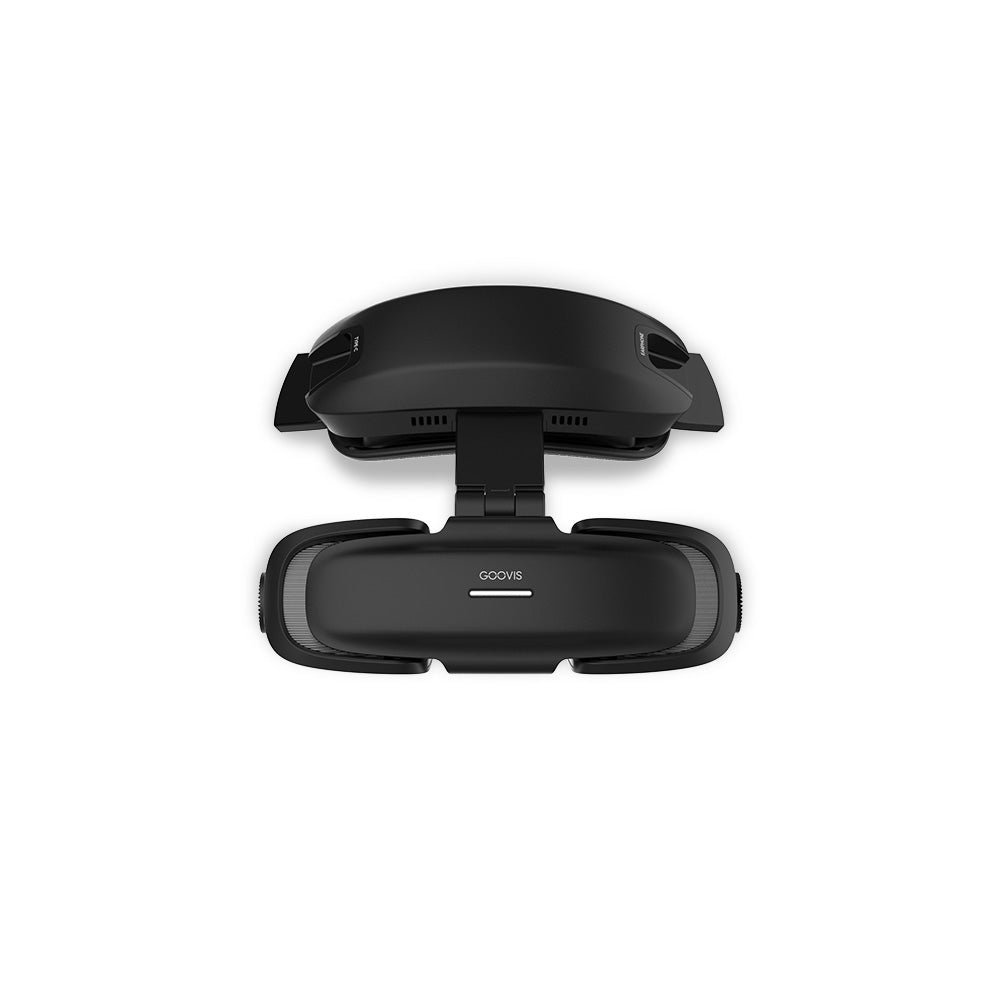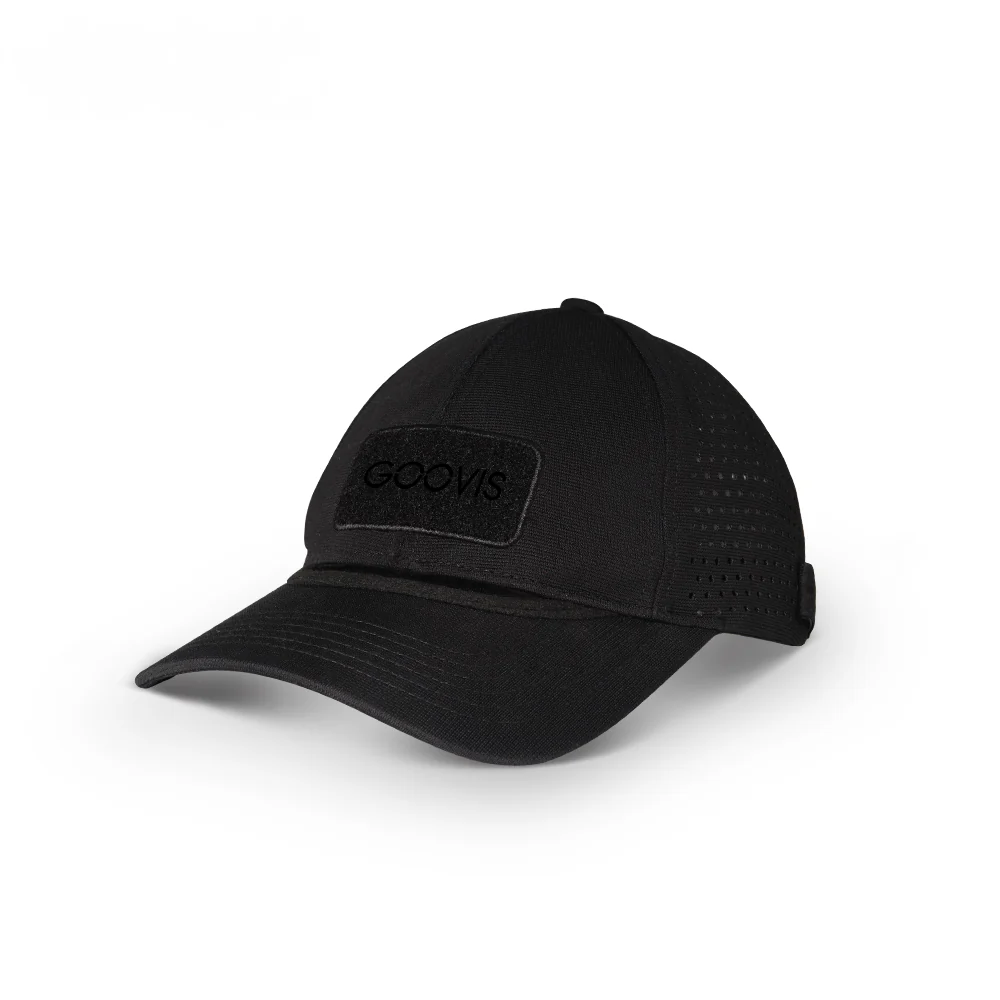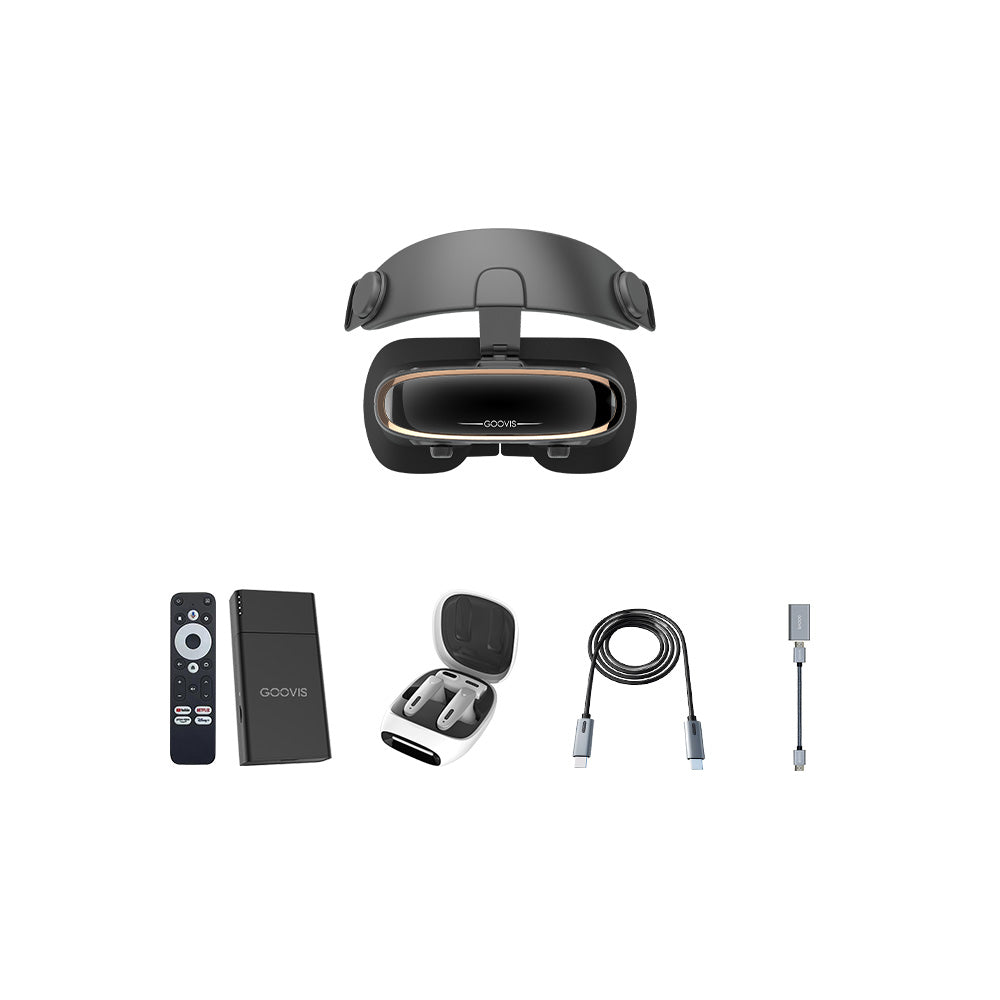Extended Reality (XR) glasses promise a gateway to new digital worlds, merging the virtual with your reality, but knowing which pair is right for you can feel like navigating a maze. With so many features and technical specifications, how can you confidently make the best choice?
Forget the confusion! In this article, we'll break down the key factors, hidden details, and practical advice you need to find the best
XR glasses to meet your needs, whether for gaming, professional work, or everyday entertainment.
Key Technical Factors to Consider
Understanding how the image is created is the first step. An XR glass is a wearable device whose image is formed through two essential components: the microdisplay and the optical module.
The optical module, which consists of precision lenses, takes the image from the microdisplay, enlarges it, and projects a virtual image to the user's eye. The perceived image quality is directly determined both by the screen performance and the magnification capability of the optical system.
Pixel Per Degree (PPD) is one of the most crucial metrics for measuring the visual clarity of XR glasses. PPD represents how many pixels fall within a one-degree segment of your field of view (FOV), effectively combining the screen resolution with the viewing angle. In general, with all else being equal, a higher PPD produces a sharper and more detailed image. Studies suggest that around 60 PPD is close to the limit of normal human eyesight—beyond this point, the eye can hardly perceive additional detail.
Unlike the pixel density (PPI) used for conventional screens such as TVs and smartphones, PPD more accurately reflects the level of detail users will perceive during actual use.
However, in XR glasses, PPD is not the only factor. Since the actual clarity also depends on the optical system, even devices with high PPD may still fall short of delivering sharp visuals when the optics are inadequate. A carefully engineered integration of the display panel and the optics is what ultimately defines an impressive viewing experience.
Field of View (FoV)
Field of View, or FoV, describes how wide the virtual image appears within your sight. A wider FoV allows you to see more of the digital environment, while a narrower FoV limits the visible range.
It is tempting to think that a bigger FoV always means a better experience, but this is not necessarily true. Expanding FoV can indeed make the view feel more immersive, but it also lowers clarity if the display resolution and optics do not keep pace. This trade-off is part of the XR industry’s well-known “Impossible Trinity”, where FoV, clarity, and device size are in constant tension, and different products reflect different compromises among these factors.
A useful way to think about FoV is to compare it with different screen sizes in regular displays. Just as sitting very close to a huge screen can feel overwhelming, an excessively wide FoV in XR glasses may also cause discomfort or reduce clarity. In practice, there is no single “best” FoV — the ideal choice depends on how each device balances immersion, sharpness, and comfort within its overall design.

Optical System
The optical system is at the heart of any XR glasses, shaping how clear and comfortable the image looks to your eyes. Each solution has its own advantages and compromises that can make a big difference when choosing a device.
-
Birdbath optics are among the most common solutions in AR glasses. They use a simple mirror-and-lens setup that keeps costs low and gives decent central clarity, but the trade-offs are significant. Image quality is easily affected by ambient light, and while shades or electrochromic darkening can help reduce the impact, both approaches make the outside view almost invisible. On top of that, reflections, halos, and edge blur are frequent, and low optical efficiency often causes heat buildup. With fixed lens spacing (IPD) and usually lacking diopter adjustment, Birdbath-based AR glasses are less friendly for people with different vision needs.
-
Pancake optics are now the mainstream choice for most VR headsets. By folding the light path, they make the headset much more compact and allow for a wider field of view. The trade-off is that image contrast is lower, brightness is harder to maintain, and problems like glare or ghosting can appear. Because the design is less light-efficient, the display itself has to be driven at very high brightness, which can increase heat and reduce the panel’s long-term durability.
-
Aspherical (ASPH) optics are considered a high-end solution. They reduce distortion and keep the image sharp from the center to the edges, while also improving brightness and cutting down on glare. This makes them the go-to choice in premium devices like professional cameras, microscopes, and telescopes. For XR headsets, ASPH lenses can deliver excellent clarity and precise vision adjustment, but their complex multi-element design makes them unsuitable for lightweight glasses-style devices.
Overall, the choice of optical system directly shapes the visual experience of XR glasses, balancing comfort and design.
After exploring the key technical factors that shape the XR glasses experience, one conclusion stands out: no single device can be perfect in every aspect. In an ideal world, the best headset would balance clarity, comfort, and advanced features. In reality, each product must prioritise certain factors over others, leading to different trade-offs in design. This is why the right choice ultimately depends on what you value most:
-
If your priority is a deeply immersive virtual world for gaming or interactive experiences, Pancake-based VR headsets are the natural choice.
-
If you want a lightweight, budget-friendly display option with a discreet, glasses-style design, Birdbath AR glasses may be the way to go.
-
If what you truly value is visual clarity — with unmatched image sharpness and cinematic-quality visuals for movies and streaming — GOOVIS headsets with ASPH optics are built to deliver exactly that.
Experience Ultimate Visuals with GOOVIS G3 Max
-
Cinema-Grade Clarity: With dual 2.5K micro-OLED displays delivering 45 PPD sharpness, every frame appears crisp, detailed, and true to life.
-
Optimized Field of View: with a 65° field of view, the G3 Max recreates the perspective of sitting at the best spot in the theater, where scale and detail come together naturally.
-
Advanced Optics: ASPH Optics ensures sharp visuals from center to edge with no distortion.
-
Immersive 3D Support: Enjoy Blu-ray 3D and side-by-side 3D content for a lifelike viewing experience.
-
Comfort for Long Sessions: Ergonomic design with diopter adjustment supports both myopic and farsighted users.
Discover how GOOVIS G3 Max transforms movies and gaming into a true large-screen adventure.
Visit our website today or
contact us to learn more and find your perfect XR headset!










